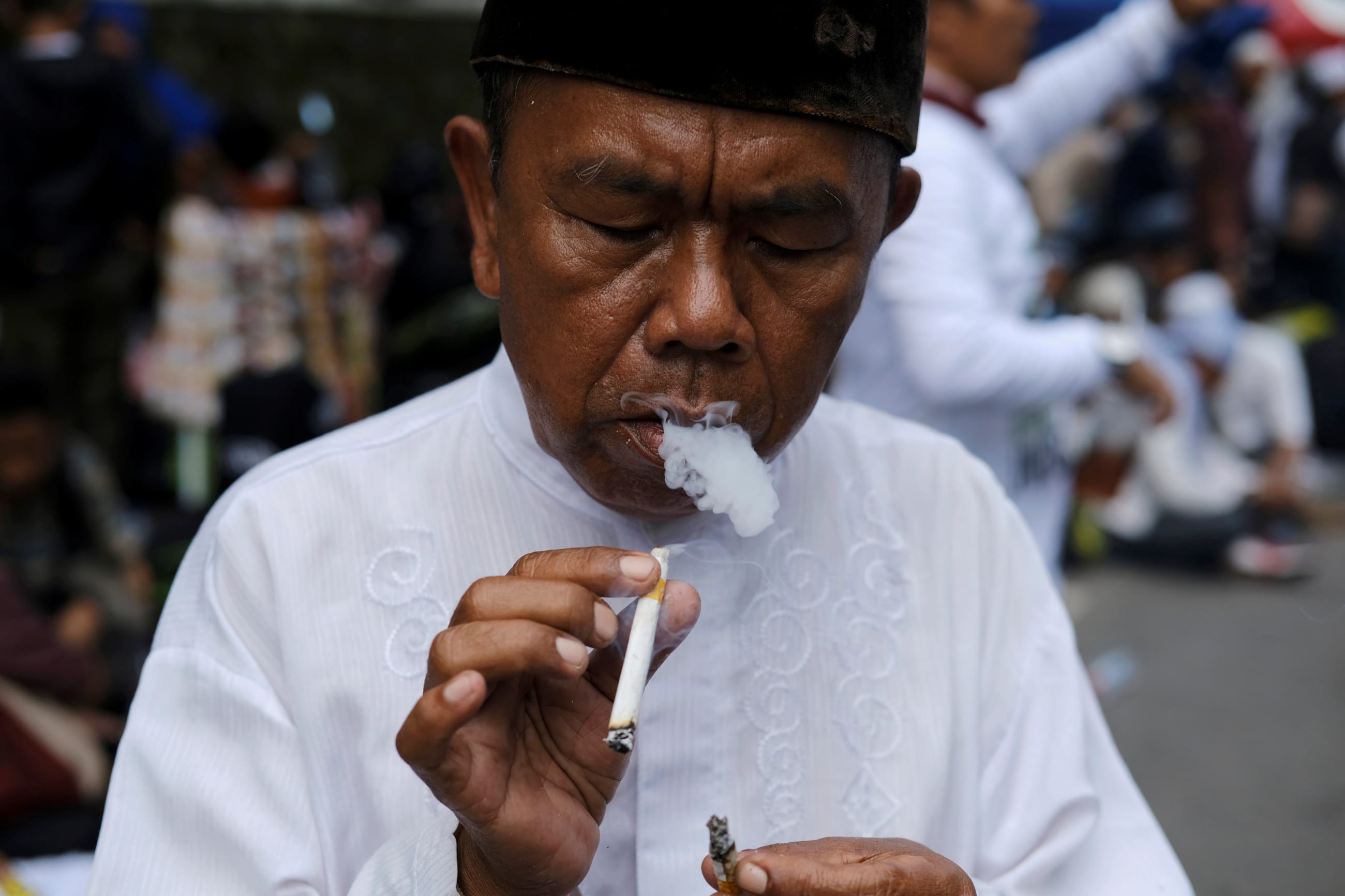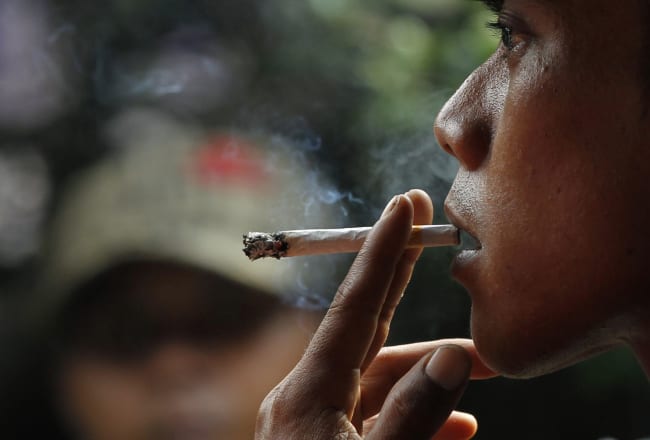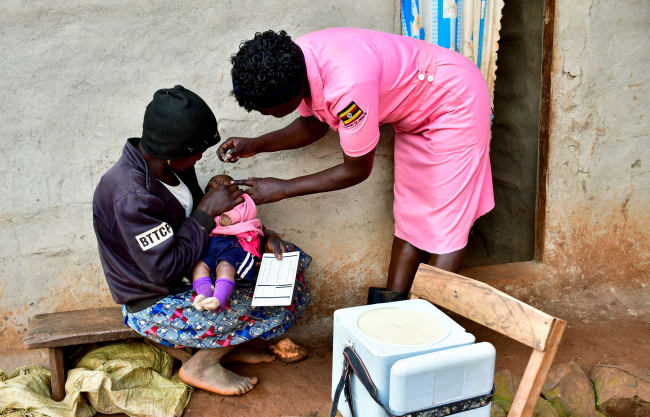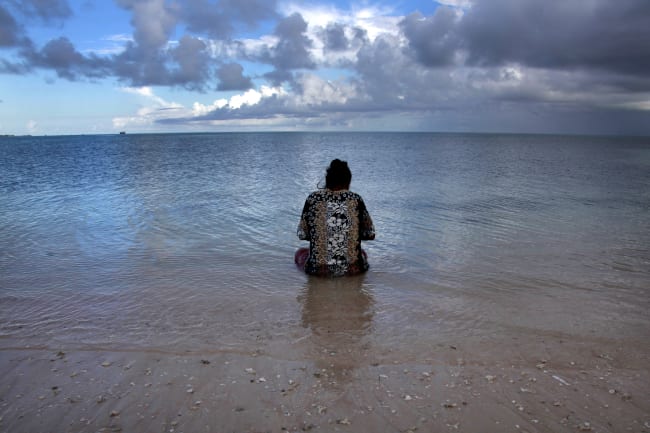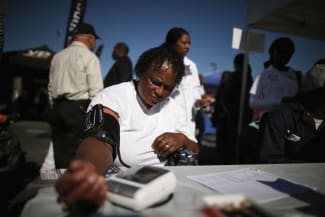In early October, Indonesian Minister of Finance Purbaya Yudhi Sadewa said that the country would raise neither its cigarette excise tax nor the recommended minimum selling price of cigarettes in 2026, marking the second year the tobacco levy remains unchanged despite already ranking among the lowest in the world [PDF]. The reason for not increasing the excise tax, according to Sadewa, is that the price gap would widen between retail and illegal cigarettes, "which could encourage the spread of illegal goods."
The minister's decision came days after a reported meeting with the Unified Tobacco Manufacturers Associations of Indonesia (GAPPRI), which consists of representatives from major tobacco companies such as PT Djarum, PT Gudang Garam Tbk, and PT Wismilak Inti Makmur Tbk. Sadewa even floated the premise of decreasing the tobacco excise tax, to which the industry responded that it wouldn't be necessary.
Other tobacco industry groups, such as the Association of Indonesian White Cigarette Producers (Gaprindo), applauded Sadewa's call to retain the tobacco levy, noting that a continuance would help the industry recover after purchasing power weakened during the postpandemic era. Gaprindo sent a letter to the Ministry of Finance, demanding a three-year moratorium on increasing the tobacco excise tax and the recommended minimum selling price.
Public health advocates and health economists argue that illicit cigarettes cannot be used as a reason to delay the increase in tobacco excise taxes. Many studies have shown that tax measures are effective in reducing tobacco consumption in both developed and developing countries.
"We are sad and disappointed. That the current finance minister openly visited tobacco factories seems to normalize the production and consumption of tobacco," said Abdillah Ahsan, associate professor at the Faculty of Economics and Business, University of Indonesia, whose research focus is the economic aspect of tobacco control. "It's as if he were canceling 20 years of work in advocating for tobacco control."
Indonesia's Tobacco Epidemic
The status quo in tobacco excise tax epitomizes the government's weak ambitions toward the herculean task of slashing its huge prevalence of smokers. According to the World Health Organization, Indonesia's smoking rate ranks fifth in world, 38.7% of people over the age of 15 using tobacco in 2025. Similarly, according to the government's Indonesia Health Survey (SKI), 70.2 million smoked in 2023, and 5.2 million were teenagers and preadolescents.
According to the World Bank, Indonesia's five leading causes of death are all driven or worsened by tobacco: ischemic heart disease, cerebrovascular disease such as stroke, tuberculosis, diabetes, and chronic respiratory diseases. The noncommunicable disease trends are backed by similar data from the Global Burden of Disease study, which also revealed tobacco to be the second-highest risk factor for deaths and disability.
High tobacco prevalence is also concentrated in the lower-income socioeconomic class. Data from the National Socioeconomic Survey, stretching from 2017 to 2019, showed that 6 of 10 households in Indonesia reported spending money on cigarette products. The survey further revealed that smoking households diverted significant resources to tobacco—around 10.7% of the monthly budget, higher than household staples (10.4%), fruits and vegetables (6.7%), and meat (6.5%).
"Smoking creates addiction, and it cripples your decision-making. It's not rational to buy cigarettes when you can buy rice or milk to feed your family instead. That's what addiction does to you," said Ahsan.
Illicit Cigarette Trades and Tobacco Industry Revenue
Fears over illicit cigarette trades as well as maintaining the tobacco industry's large share of national revenues were how government and industry players justified the decision to keep the current tobacco excise tax. However, researchers don't buy the arguments.
"So far, no study has yet revealed a positive correlation between illicit cigarettes and an increase in tobacco excise tax," said Risky Kusuma Hartono, a researcher from the Center for Social Security Studies, University of Indonesia (PKJS-UI). He further mentioned that Indonesia is not in a state of emergency regarding illicit cigarettes, which, according to multiple studies, ranges between 6% and 15% but is still far below the global threshold.
In Indonesia, a 2025 study by the Center for Indonesia's Strategic Development Initiatives (CISDI) found that higher cigarette prices, particularly for filtered kretek (cigarettes with clove additives), significantly reduced the risk of smoking initiation, a 1% increase in price associated with a 2.2% decrease in the risk of smoking initiation among young people.
Indonesia's five leading causes of death are all caused or worsened by tobacco
Another CISDI study points out that the prevalence of illicit cigarettes is, in fact, influenced by other factors than the tobacco excise tax itself. The study found that big port cities such as Makassar (21.48%) and Surabaya (20.61%) have the highest prevalence of illicit cigarette consumption.
"Unlike in other countries, most of the illicit cigarettes in Indonesia are not smuggled from outside. This is evident from the cigarette packs that we found throughout the study, which, judging by the packaging, suggests that they were locally produced," said Muhammad Zulfiqar Firdaus, CISDI's health economics research associate.
Firdaus added that the key is to "increase the tobacco excise tax, both for public health and revenue, while also heightening the enforcement for illicit cigarettes, because there are countries that have succeeded in increasing cigarette taxes while decreasing the prevalence of illicit cigarettes, namely Brazil [PDF] and Turkey."
The health burden and cost of productivity of smoking far exceeds the revenue from the tobacco excise tax, which was 216.9 trillion Indonesian rupiah ($12.9 billion) in 2024. Meanwhile, the total direct and indirect estimated economic loss [PDF] due to tobacco in 2015 was 438.5 trillion rupiah ($26.28 billion) and 410.8 trillion rupiah ($24.60 billion) in 2019.
How Indonesia's Cigarette Tax Structure Buoys Smoking Rates
The tobacco tax structure in Indonesia entails eight brackets, determined by the type of tobacco products, the scale and method of production, and the retail price range. Three brackets exist for cigarette excise taxes: for hand-rolled kreteks, machine-rolled kreteks, and machine-rolled white cigarettes. Within each bracket are three gradually increasing tiers of excise tax tariffs.
This structure was designed to accommodate and protect small cigarette producers, but according to CISDI's research, the system creates loopholes for the tobacco industry to subcontract their products to small-scale producers and, in turn, makes it easier for smokers to switch to cheaper cigarette alternatives.
A recent study by PKJS-UI supports the latter concern, which is the risks of downtrading to cheaper tobacco products among Indonesian smokers in response to the complicated eight-tier structure. The study found that 35.73% of active smokers switched to cheaper alternatives.
"Among those who perform downtrading are children, people from vulnerable age groups, as well as people from the low-income class. They are all looking for cheaper alternatives to cigarettes," said Hartono, the lead researcher of the study.
This was also possible because cigarettes can be sold individually (rokok ketengan) as well as per package, and even though Government Regulation No. 28 of 2024 prohibits selling individual cigarettes, there is basically little to no enforcement on the ground.
Hartono highlighted that even though the tobacco tax structure in Indonesia has been simplified from 19 categories in 2011 to 8 in 2023, it's still far too complex and slow relative to other countries; the Philippines [PDF], for example, managed to reduce its tobacco excise tax tiers from four in 2012 to one in 2017.
The Way Forward
Other regulations could help stem tobacco use in Indonesia, such as developing a track and trace system [PDF] for illicit cigarettes, establishing smoking-free areas in public spaces, and standardizing tobacco packaging to improve the effectiveness of warning labels.
Other enforcement-free methods, such as expanded education on the dangers of smoking to school students, could be less effective, said Ahsan and Hartono, because the high prevalence of smokers among Indonesian adolescents is motivated by social pressures and as well as the low prices of cigarettes. The better approach, Ahsan and Hartono argued, would be to increase the tobacco excise tax so that smoking becomes unaffordable.
"Not increasing the tobacco excise tax basically violates the mandate of the Constitution," said Ahsan. Moreover, Firdaus added, the ideal trajectory would be for Indonesia to move away from its heavy reliance on the tobacco industry as one of its biggest sources of revenue.
"One of the characteristics of a developed country is that they have strict measures in tobacco control and a decreasing prevalence of smokers," Hartono said. "A developed country is marked not only by its income per capita, but also by the decreased number of smokers, especially children."

